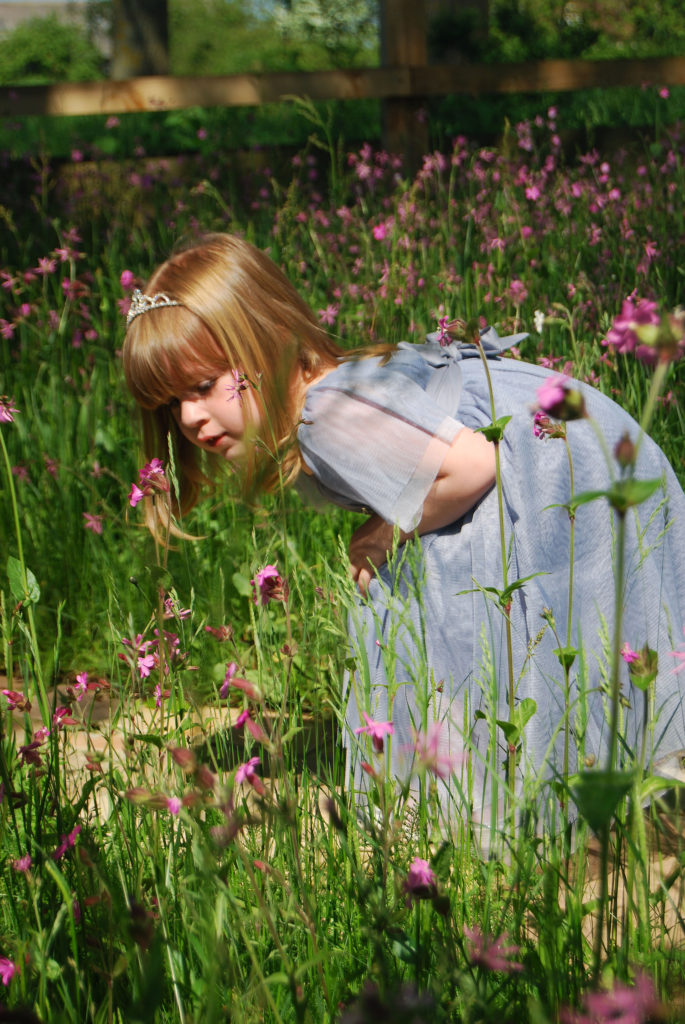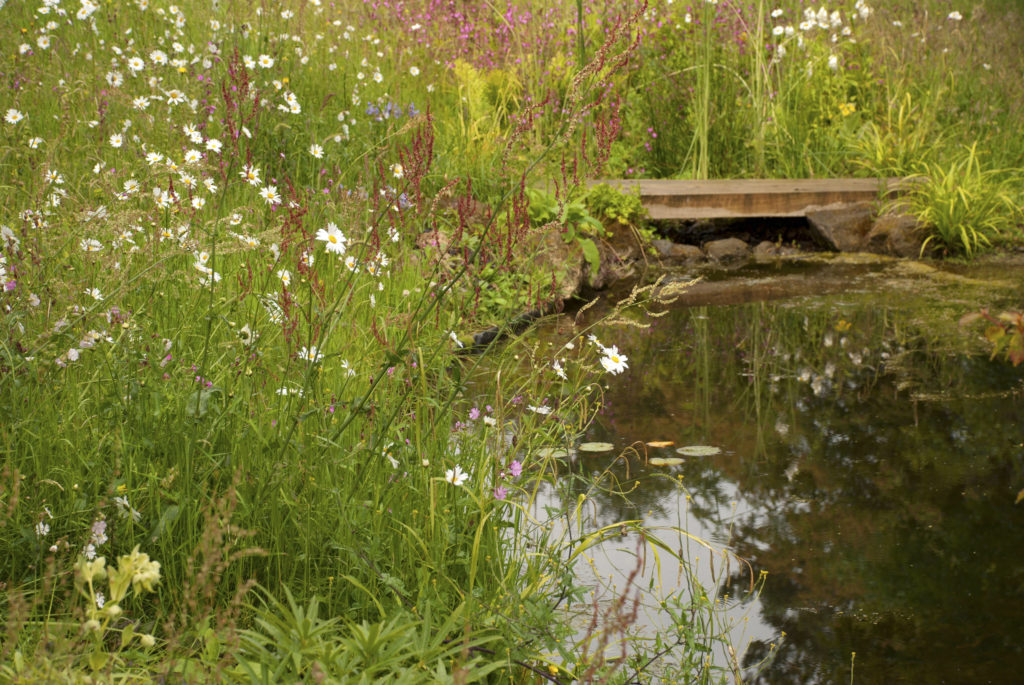With longer days on the horizon and Easter now almost upon us, you’d be forgiven for thinking that spring, that much lauded of seasons, is just around the corner. We can only hope!

After a long winter many of us yearn for some time spent outdoors in nature but what happens when we lack this most basic commodity?
The term “Nature Deficit Disorder” has been around since 2005, but the phenomenon has only recently started to make headlines.
The term itself refers to a trend towards an increased alienation from the natural world, brought about by our increasing dependency on electronic devices and a loss of natural surroundings. Specifically, it is the costs of such an alienation that is sparking concerns.

While not a medically recognised disorder as such, the term is beginning to gain some prominence, with Dr Ross Cameron of the department of landscape at Sheffield University recently addressing The Royal Horticultural Society on the subject.
“As biological beings we are physiologically adapted to be in certain environments – to run, to play, to hunt, to be active basically,” says Dr Cameron.
The ramifications of a sedentary lifestyle are being felt, not just in Britain, but around the world. As we, and in particular our children, spend more time indoors under artificial lights plugged into our electronic landscape, our lack of affinity with our natural surroundings has the potential to bring about low mood and a reduced attention span.

So how best to address the imbalance?
The Royal Horticultural Society has the following recommendations for reconnecting with nature:
- Any green environment – from pot plants to weeds – can provide green space that attracts wildlife and exposes people to the benefits of the natural world.
- Some green spaces are better than others – for example, small-leaved conifers such as the Scots pine and Junipers are good at capturing pollutant particles.
- Fast-growing trees such as the Paulownia and Catalpa can lock up excess soil nitrates.
In conjunction with the above recommendations, wildflowers offer a low-maintenance, high-return option for enhancing environments. Whether it be a full meadow or a splash of colour within an urban landscape setting, wildflowers are easily adapted to a myriad of landscapes and also offer the added advantage of providing a bio-diverse habitat for birds, bees and other species.

Similarly, regular followers of this blog will be aware of ongoing studies into the ability of wildflowers to ‘lock-up’ pollution particulates, yet another great reason to maximise the many benefits that wildflowers have to offer.